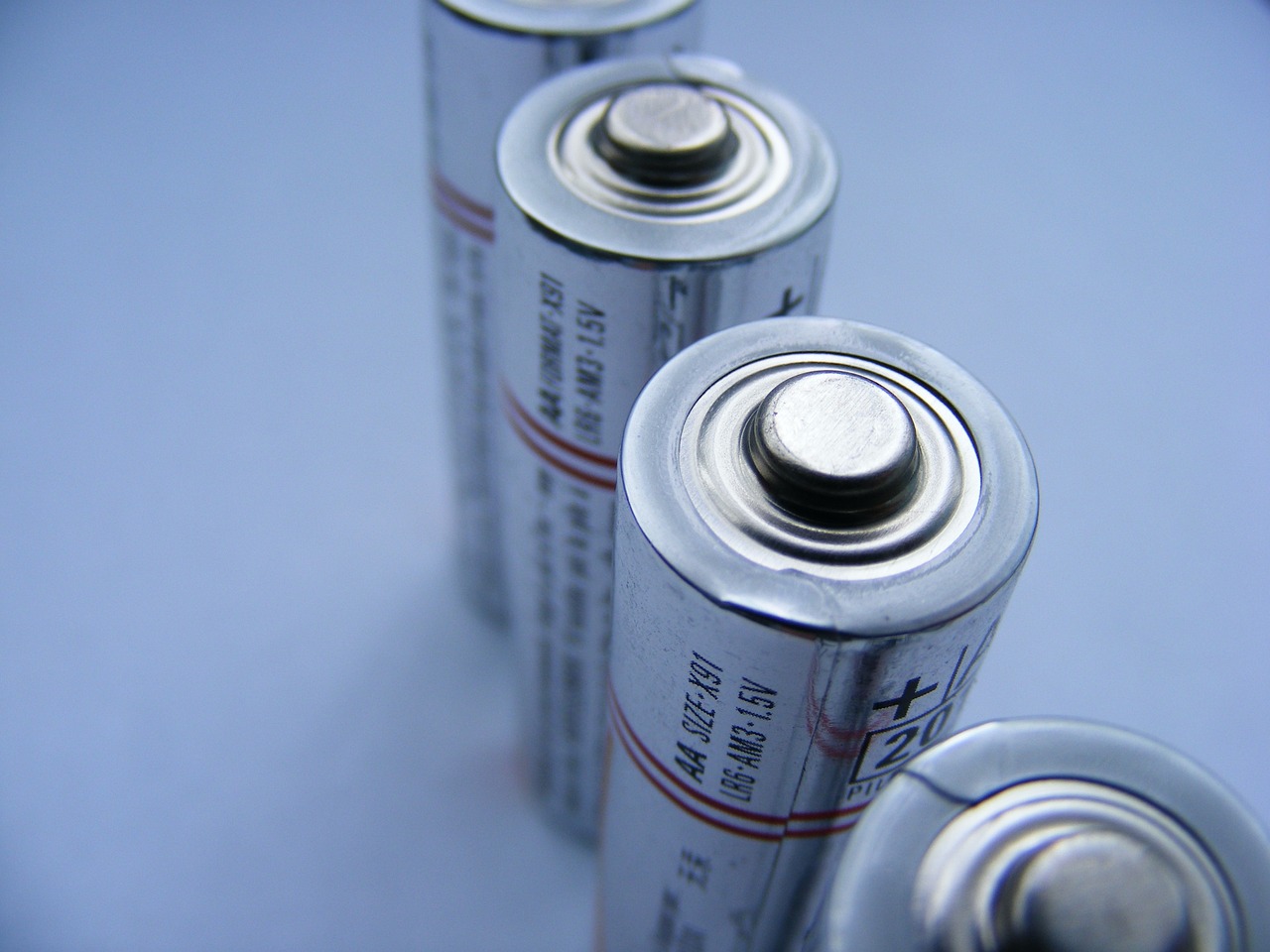This post is also available in:
 עברית (Hebrew)
עברית (Hebrew)
A new class of mechanical metamaterials developed by researchers at the Karlsruhe Institute of Technology (KIT) is poised to revolutionize energy storage and release systems. This cutting-edge technology promises to enhance everything from robotics to energy-efficient machines, offering a significant boost in both performance and durability.
Metamaterials are specially engineered structures designed to exhibit properties not found in natural materials. KIT’s team has taken this concept further, creating a material made of twisted rods that deform in a helical shape. This innovative design allows the material to absorb and release elastic energy more effectively than previous systems, without suffering from damage or permanent deformation.
In traditional spring-based systems, stress tends to accumulate at the top and bottom surfaces, which can lead to failure after prolonged use. However, by twisting the rods in a precise arrangement, KIT’s researchers have developed a material where stress is more evenly distributed, allowing it to store significantly more energy. This structure combines high stiffness, strength, and impressive flexibility, setting it apart from other materials in the field, according to Interesting Engineering.
The new material’s elastic energy storage capacity is between 2 and 160 times greater than that of known metamaterials. This breakthrough was achieved through careful design, with simulations predicting that the material could handle large forces while retaining its shape and function. The key to this success lies in the unique rod arrangement, which allows the material to stretch or compress without losing its integrity.
The potential applications for this new material are vast. In robotics, it could lead to more durable and flexible robots capable of withstanding extreme forces while maintaining efficiency. In energy storage systems, it could optimize energy release and absorption, enhancing the overall performance of machines. Additionally, the unique twisting mechanism could replace traditional hinges in robotic limbs and wearable exoskeletons, offering smoother and more elastic movement.
This groundbreaking development opens new doors for the future of energy-efficient technology, with the possibility of creating more resilient, long-lasting systems across multiple industries. The research has been published in Nature.


























